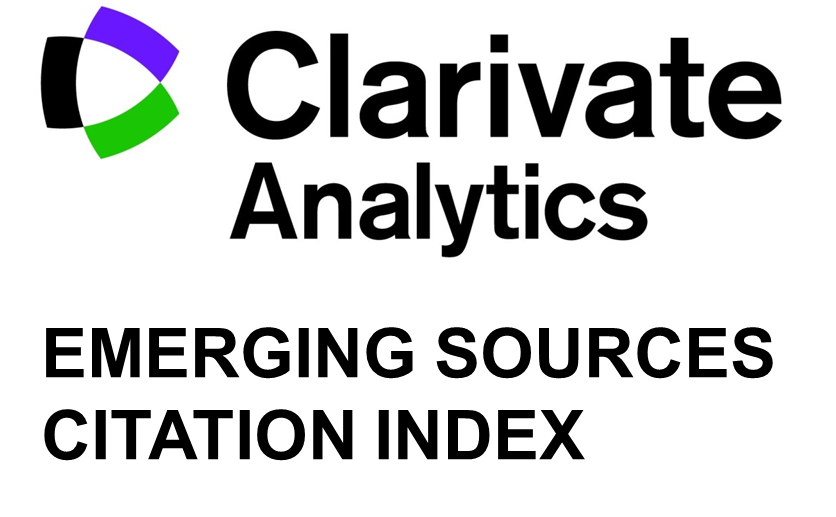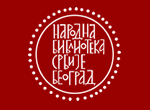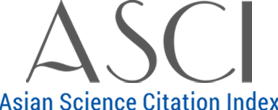Decomposition of Total Factor Productivity in the dairy sector: Comparative analysis of Serbia vs European Union
DOI:
https://doi.org/10.5937/StraMan2500002NKeywords:
Milk, Serbia, European Union, Total Factor Productivity, Technical Efficiency Change, Technological ChangeAbstract
Background: In the previous period, significant changes took place in the world dairy market, and this trend did not bypass Serbia either. Serbia is facing a decline in the number of farms engaged in milk production despite significant subsidies for this production by the state. On the other hand, the abolition of quotas in the European Union led to an increase in dairy production, which certainly had an impact on the international market.
Purpose: This paper attempts to do a comparative analysis of the dairy sector in Serbia and the European Union through the analysis of the decomposition of Total Factor Productivity. In this way, we try to look at the efficiency of production through Technical Efficiency Change, and potential technological progress will also be looked at through Technological Change.
Study design/methodology/approach: In this research, the Malmquist Total Factor Productivity index is used, which relies on the previous estimation of data envelope analysis. Data from the Farm Accountant Data Network is used for 25 countries of the European Union and Serbia for the period 2015-2021.
Findings/conclusions: Based on research, there is an increase in Total Factor Productivity in the sample at a rate of 3.1%. Serbia has experienced significant productivity growth in the dairy sector, largely attributed to the exit of small and inefficient farms from production. To further enhance productivity, policymakers in Serbia should promote investments that drive efficiency and encourage dairy producers to optimize resource utilization through improved knowledge and skills development.
Limitations/future research: It is necessary to observe factors that affect the dairy sector of Serbia and the European Union in more detail, so identifying the factors that contributed to Total Factor Productivity growth will be in the focus of the future research.
Downloads
Published
Issue
Section
License
Copyright (c) 2025 Tihomir Novaković, Danilo Đokić, Milan Tatić, Bojan Matkovski, Ivan Đurić

This work is licensed under a Creative Commons Attribution 4.0 International License.













